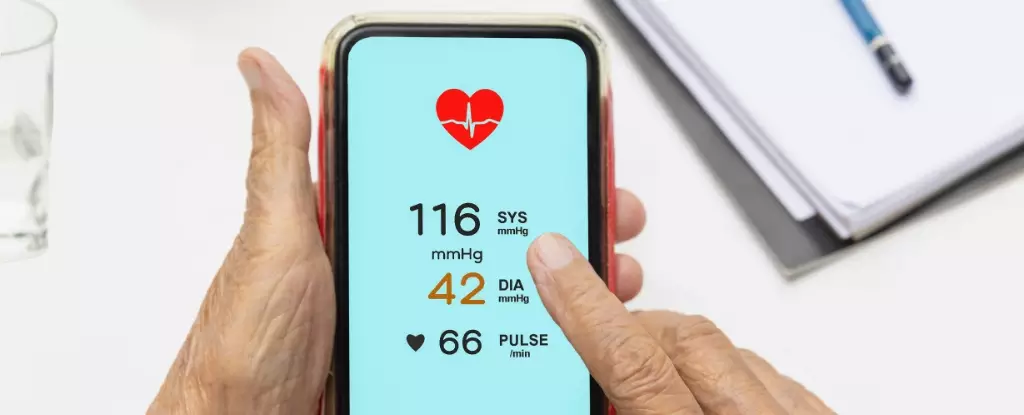High blood pressure, medically known as hypertension, remains a silent threat to millions across the globe. Left unchecked, it increases the likelihood of severe health complications, including heart attacks, strokes, and kidney failures. The irony lies in its elusive nature—many individuals with elevated blood pressure remain undiagnosed and untreated. This predicament is particularly dire in underserved communities where healthcare access is scarce. Traditional blood pressure monitoring methods often rely on specific equipment and professional supervision, turning what should be a routine check-up into a logistical challenge.
In an inspiring development, researchers at the University of Pittsburgh have pioneered a smartphone application that can estimate arterial blood pressure without the need for sophisticated medical devices. This revolutionary app functions by leveraging the existing sensors found in most modern smartphones—specifically, the accelerometer, camera, and touch sensors. Instead of a cumbersome visit to a clinic or a hospital, this innovative solution allows users to monitor their blood pressure from the comfort of their homes. The ability to perform self-assessments could prove invaluable, especially for those in remote or underserved areas, aligning with the sentiments expressed by biomedical engineer Ramakrishna Mukkamala, who highlights the prevalence of smartphones in communities that lack adequate healthcare resources.
The Science Behind the App
The new app diverges from the traditional methodology of blood pressure measurement, which typically utilizes a device known as a sphygmomanometer. This standard device uses an inflated cuff to compress the arm’s artery, providing readings that indicate blood pressure during systole (contraction phase) and diastole (relaxation phase). Unlike this conventional apparatus, the smartphone app ingeniously relies on gravitational force and the user’s fingertip pressure on the touch screen to gauge pulse pressure.
By guiding users through specific hand positions and touch patterns, the app can capitalize on hydrostatic pressure changes in the user’s thumb—information that the phone’s accelerometer can convert into a relative pressure measurement. Vishaal Dhamotharan, another researcher from the University of Pittsburgh, eloquently describes how these positioning adjustments are essential to accurately estimate blood pressure.
Preliminary Findings
Initial trials have demonstrated promising accuracy, with the app’s pulse pressure readings showing discrepancies of approximately 8 mm Hg when compared to established measurements. Although this margin leaves room for improvement, the foundation laid by this innovative technology could lead to advancements in hypertension monitoring. As researchers continue to enhance the app’s precision, there is a growing confidence in its potential to empower users with a reliable method for tracking their own cardiovascular health.
Despite the optimistic advancements, researchers face a notable challenge: altering widespread beliefs and practices surrounding blood pressure monitoring. There remains a significant gap in public understanding of pulse pressure as a legitimate indicator of overall blood pressure health. The goal is to establish a cohesive narrative that encourages acceptance of this smartphone-based method while promoting health literacy.
Sanjeev Shroff, a noted biomedical engineer, emphasizes the magnitude of this innovation in the context of technological advancements in health monitoring, asserting that the creation of a device capable of measuring blood pressure without external calibration is akin to discovering the “holy grail” in medical technology. While the app is not yet a full replacement for traditional methods, its feasibility as a preliminary screening tool signifies a breakthrough in hypertension management.
The convergence of healthcare and technology holds exceptional promise for managing chronic conditions like hypertension. As this app develops, it possesses the potential to democratize health monitoring, providing insights that could save lives and enhance quality of life for many. Through innovation and education, the new app stands to reshape the landscape of hypertension management, fostering a future where individuals can take charge of their health with just a smartphone in hand.

Leave a Reply